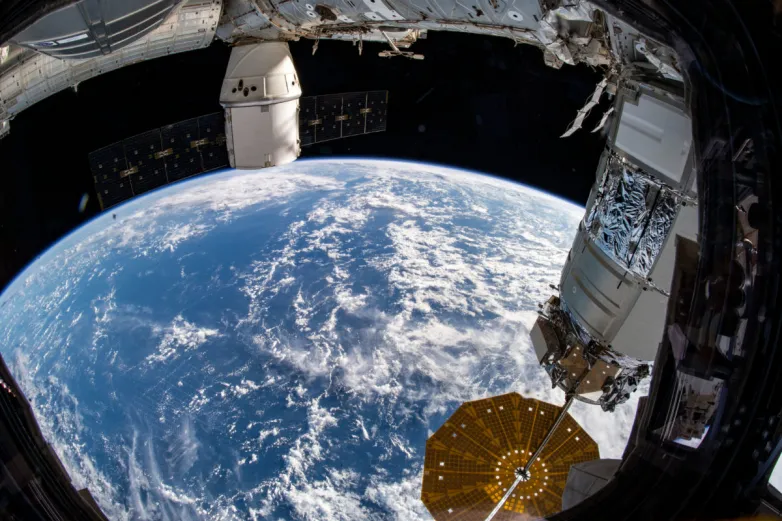Cost-efficient solar cells for space application
- Scientists from American National Renewable Energy Lab have discovered a new technology to cut the costs of manufacturing of a very efficient (but at the same time extremely costly) GaAs solar cell.

A research team from US’s NREL has made a crucial discovery in manufacturing technology of III-V solar cells. This innovation is expected to considerably cut the cost of production of these cells featuring high efficiency. The scientists have managed to create AlGaInP and AlInP in a HVPE reactor.
A III-V cell has a performance significantly higher than that of a cell based on Si wafers. Thus, such cells are mostly used for Mars Rover or space satellite powering. However, they are extremely expensive, since the MOVPE technology of manufacturing lasts two hours for each cell. The process implies depositing a few chemical vapours onto a wafer in one chamber.
The American scientific group has proposed a dynamic HVPE technology. This has allowed reducing the process duration to below one minute for each cell. But solar cells made this way turned out less efficient, since incorporating a layer of aluminum was impossible.
The researchers have created a cell consisting of GaInP and GaAs. The former lets sunlight through to absorbing layer of gallium arsenide. Alas, this technology has a considerable drawback, because gallium indium phosphide is less transparent than aluminum-based compound produced in metal-organic VPE reactors.
The peak efficiency achieved by a gallium indium phosphide cell grown in hydride VPE reactors is 27 percent, while the highest efficiency of a gallium arsenide cell with a layer containing aluminum made through a metal-organic VPE process reaches 29.1 percent.
The researchers from USA have cheapened the technology by using dynamic hydride HPE. Incorporation of Al to the compound is likely to allow reaching the same performance as demonstrated by a cell grown in MOVPE. In 2019, the scientists succeeded in creating GaAs solar cells with an efficiency of 25.3 percent in a D-HVPE reactor.
Also read
- REC Silicon Board Concedes It Has No Escape From Hanwha’s NOK 2.20-per-Share Takeover
- CNNP Optoelectronics brings utility-scale perovskite modules out of the lab
- Low-Temperature Sequential Deposition Lifts Inverted Perovskite Solar Cells Efficiency Record
- Sunkind Partners with JA Solar for Major Indian PV Expansion
- Self-Assembling Molecule Breakthrough Brings Commercial Perovskite Solar Closer to Market
